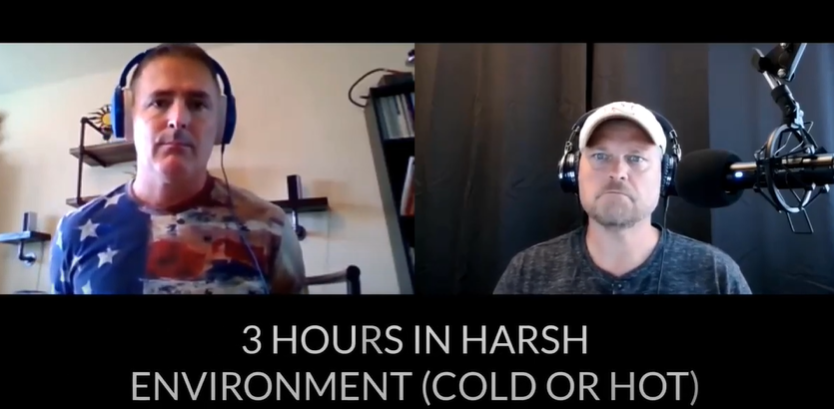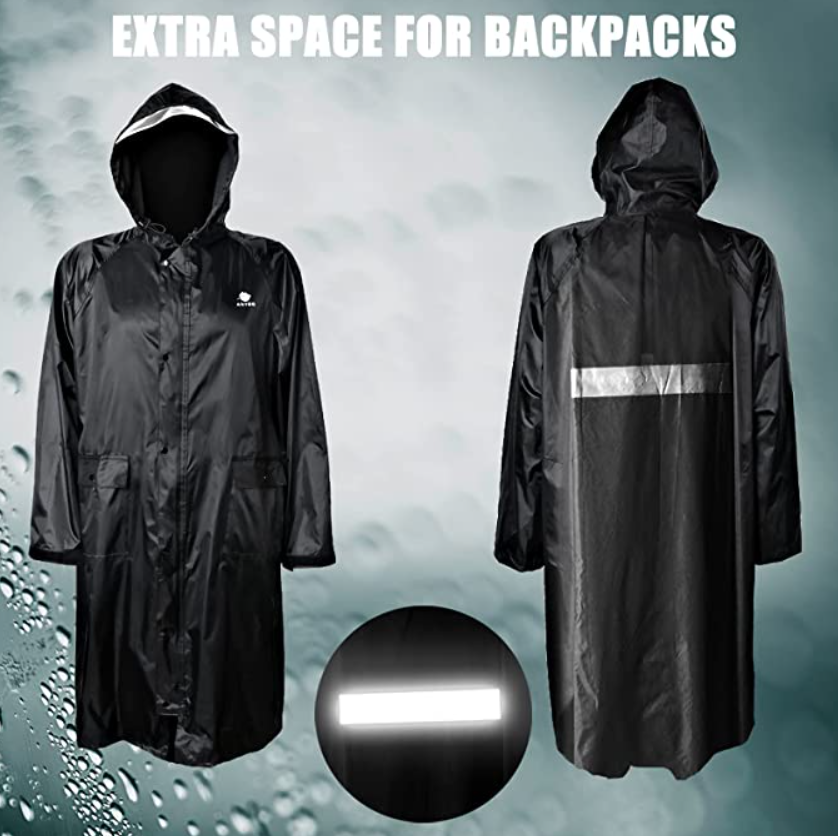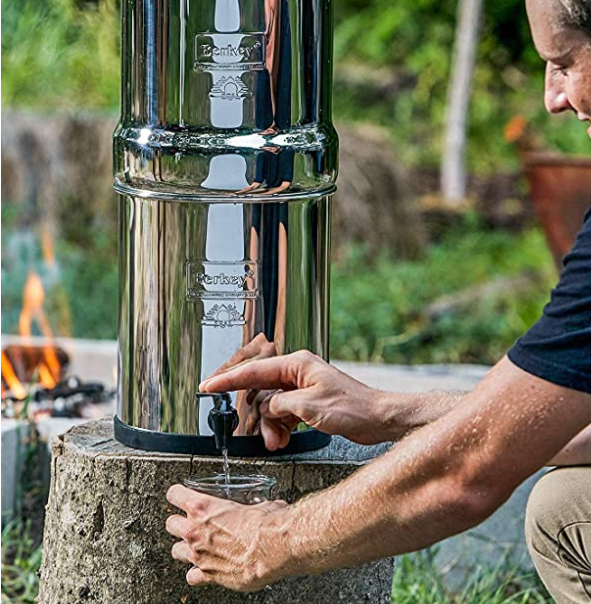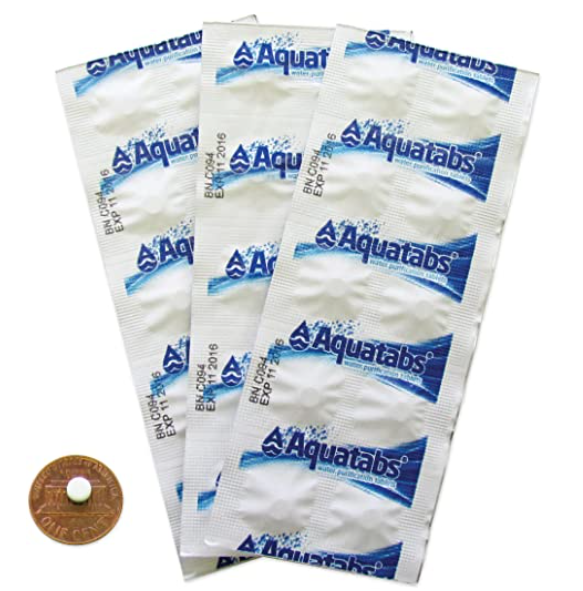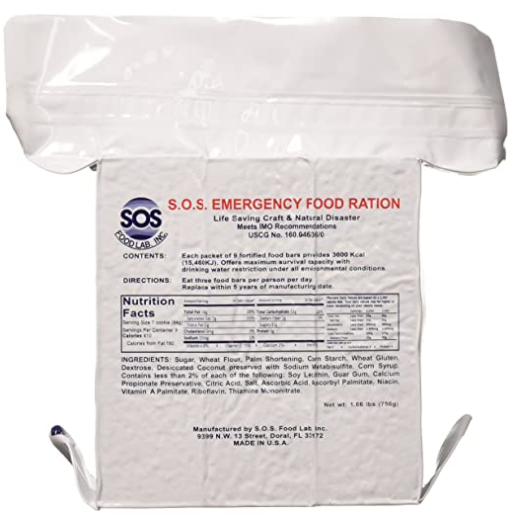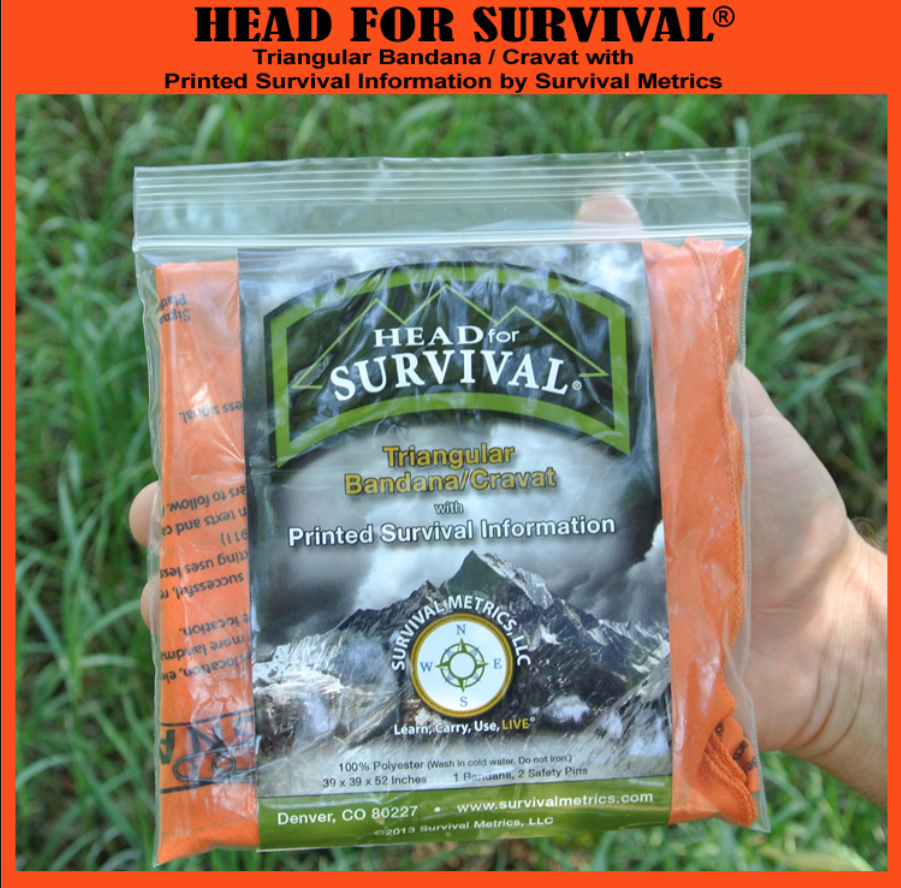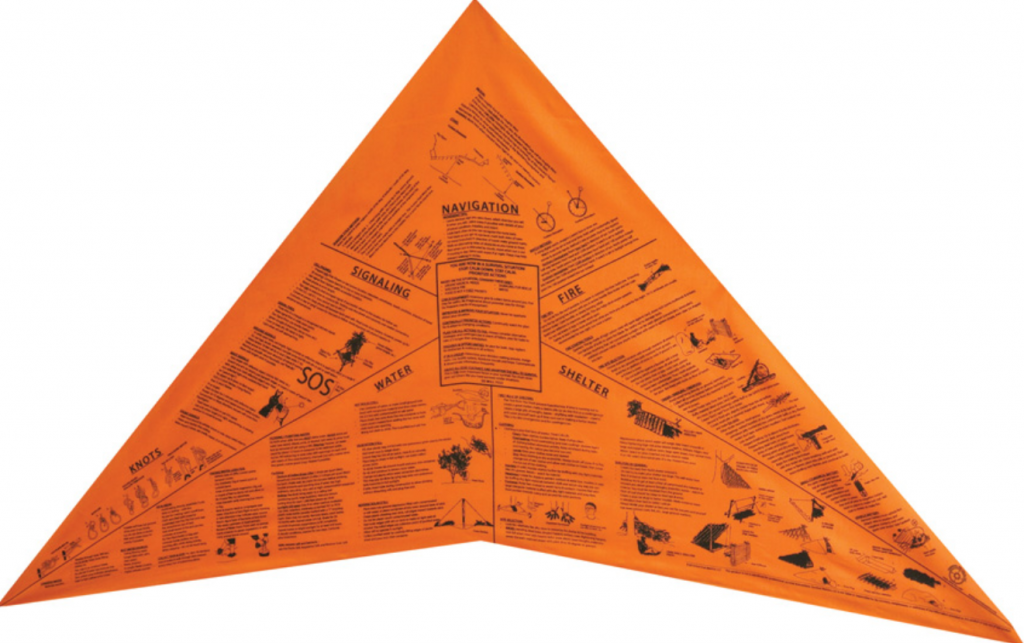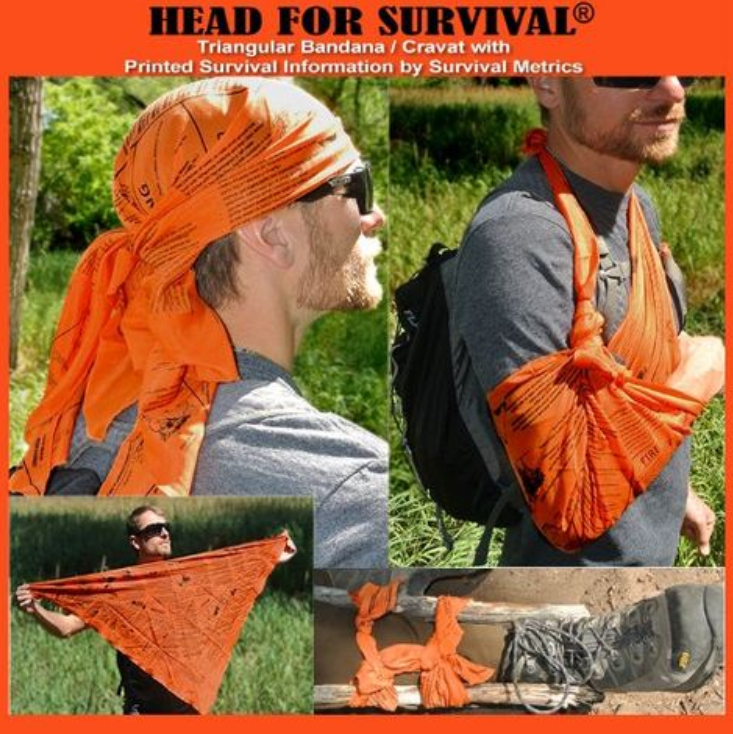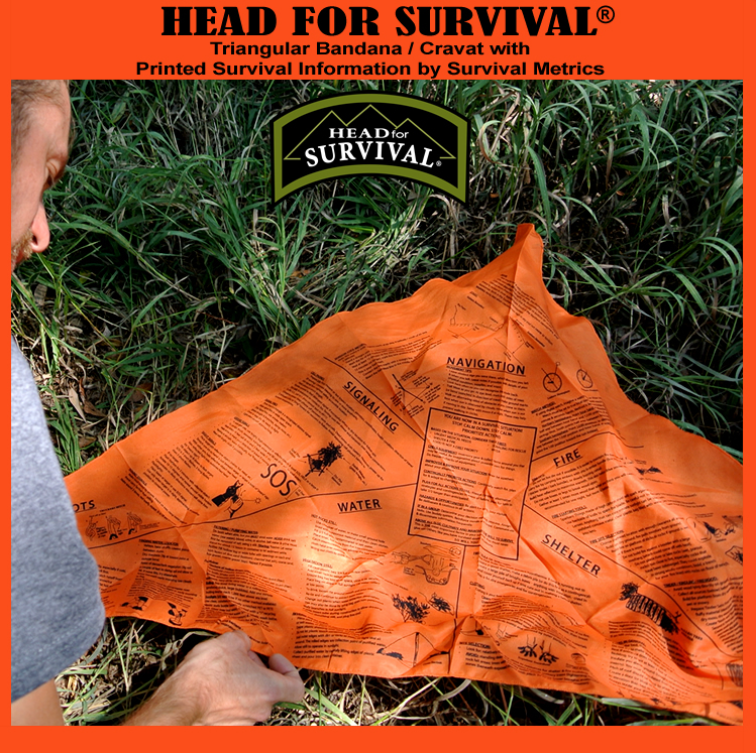
When I was a kid, we would play games. Hide and seek, chase, kick the can… As I started getting more responsible within my family, my father would start to play awareness games. For instance sitting down in a restaurant, he would ask how many people were wearing hats, or eye glasses in the main room. My first reaction would be to start looking around to try to count them. But he would quickly say “Nope, no looking! Try to remember how many you saw on your way in.” Of course I had no idea, so as a kid I’d guess, and usually get it wrong…
Well after a number of times of going through this embarassment, I’d take on that challenge anytime we went out to eat. I thought of it as that, a challenge, and eventually a game. As I got into my early adulthood, I felt I was getting pretty awesome and would try to get others to engage in this type of game. My wife was not all that keen on the game, but it was kindof a fun thing to do.
Some of you may recall the Bourne Identity movie from 2002. and there a scene in which Jason and his lead lady are in a cafe, and he starts spouting off all these facts he captured just walking into the restaurant.
In the clip Jason points out so many different areas, like identifying license plates in the parking lot, and which hand their waitress prefers to use. But he also then starts transitioning into other areas, more relative to Situational Awareness. That term may be new to some, so here’s a quick definition to set levels…
“Situational awareness is the use of the sensory system to scan the environment with the purpose of identifying threats in the present or projecting those threats into the future.” — SecurityAdvisor.net
We’re basically looking, listening and sensing the common, and then trying to extract out something exceptional. All in the hope that we can avoid threats in the future.
I find it interesting that even as a child I was being taught this skill by playing a game. And I’ve just learned to hone the skill over time. I can’t say I do this every time I go into a restaurant, or department store, or gym. That’s not really the point though. If we take on this, or similar, challenges, we can all grow this muscle a bit more and be more prepared.
There’s a term my wife and I share, “Head On A Swivel”, that gets us both pretty close to upping our awareness in day to day activities – like going for a walk, or going through a grocery store parking lot. Of course what we mean by this is “make yourself situationally aware when in possibly strange or dangerous situations”.
Give it a try on your next restaurant visit. Or consider this, when you’re in the grocery store next time, take a brief moment, locate the exits, and sometimes that closest exit might be out the back door through the warehouse! try to conceptualize what you would do if a fire breaks out at the front of the store, ,or God forbid if an Active Assailant enters through Door Number One, what’s your best path to another door.
One more scenario to ty is the next time you’re at a deparment store, or one of the big box retailers. Again, locate nearby exits, and your paths to safety. Then also consider locations for concealment (meaning a place you could hide from an assailant), and locations for cover (meaning if real bullets were flying, would that rack of cotton t-shirts be better, or should I get behind a pile of generators?).
The goal over time is to get to a level of familiarity with your surroundings and the more you do it, the fast you will be able to do it. Ulitimately, this will help us avoid or respond to threats more successfully, and get us all home safely.
I was watching the recent docuseries “9/11 : One Day in America“, which I would highly recommend if you want to get a real feel for boots on the ground reaction and recovery during the September 11 attacks. The series very good, and highly engaging! One of the points I saw come up regularly was basically “Don’t Panic!” Meaning, when they calmed down, they were able to see more clearly, and get to safety. By running through scenarios when the danger is NOT present, it helps one’s mind better deal with those situations when danger IS present.
Everyone can “play the game”… of course, we may not all hit it out of the park and be as good as Jason Bourne. But hey, we gotta start somewhere, and we gotta start some time. Why not here? Why not now?
— Matt Marshall, GenXTalkin – On Being Prepared

